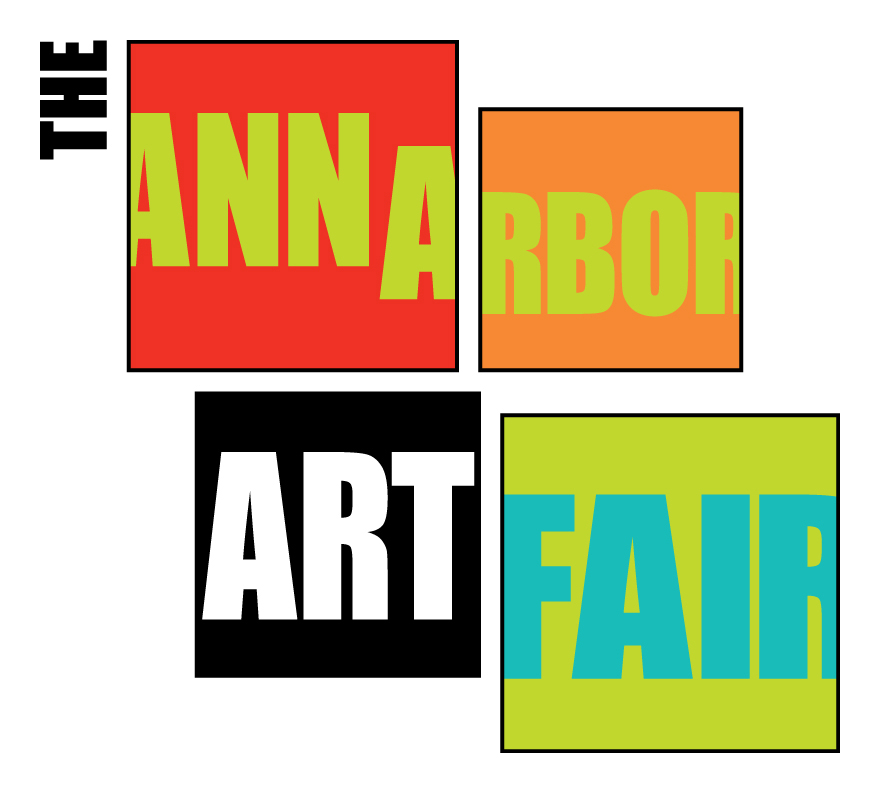Despite an increase in using social media to develop relationships, face-t0-face contact remains the best way to establish and maintain relationships. The Fall brings its own season of annual meetings, fall conferences and legislative events for you to get up and get out to meet new contacts. Here are a few tips in building business relationships:
1. Create a plan for yourself -- Who do you want to reach; Who do you want to meet; and, Who do you want to represent? Now figure out what they read and subscribe to it. Figure out what conferences or events they attend and register. Find out what organizations they are members of and join them. And find out where they eat and eat there. Regardless, developing and nurturing relationships should become part of your daily routine.
2. Get out from behind the desk and get out of your office -- No matter what size firm you work in, walk the floors of your firm. Introduce yourself to attorneys new and old. Learn about them and their practice, ask them for advice and find ways to collaborate. Extend that relationship beyond the office and use part of your marketing budget to take them and other referral sources out to lunch.
3. Don't just attend events -- Plan them. Get involved with the organizations planning the events you want to attend. By joining committees you are developing stronger relationships with other professionals with similar interests. By assuming leadership roles you are also showcasing your expertise and passion and showing potential clients and referral sources your work ethic. It is also important to get out of Michigan. Move beyond our borders to expand your network and get in front of new referral sources. Get involved in national organizations such as the ABA but also in front of industry trade groups outside the legal industry.
4. Speak up. But first listen. When attending events, listen to the conversation and find a way to participate in the discussion, to stand above the crowd and showcase your knowledge, concern for the issues and interest in the discussion.
5. Find a mentor or become one. By identifying with someone you admire and reaching out to them to seek professional counsel you are developing a vital relationship that will lead to a successful practice. If you are a seasoned professional, become a mentor to a younger professional. It will help you stay fresh and help you transition your practice to free up time for other pursuits.
6. Stay involved with a bar association or legal committee to another organization. It is important for you to remain on top of emerging trends, new cases and regulations and emerging leaders in your chosen profession so that you can leverage that knowledge to not only advance your client's interests but help you reach out to others for new business opportunities with the information you now have.
7. Don't just get involved in professional things, join a board of a non-profit and involve your family, join a sports league, coach a youth league and find other opportunities to develop relationships outside your law practice. Business will come once you develop lasting relationships around trust.
8. S.I.T. Just don't sit around after you attend events or meet someone, Stay In Touch with them. That evening send them a personal note on personal stationary, that is not electronic and then link to them on LinkedIn. Every now and then send them something -- a news article, recent case of interest, or just a note to touch base to let them know you are still thinking about them.
9. Personal contract is still important but so is social media. In regards to social media, set up a profile on Twitter and LinkedIn. Set goals for yourself and create a system to remain consistently active using social media and begin to follow people who are leaders in the industry or people you want to meet. For Twitter, Tweet or re-Tweet at least twice a day. It could be something that piqued your interest, a recent decision or opinion or perhaps something that one of your colleagues wrote. And on LinkedIn, participate in the discussion, respond to questions and ask people to endorse you.
10. Use your firms marketing resources. If you firm has a Marketing Director use them. Tap their knowledge and resources and tell them you want to represent the firm at outside events, you want to organize a seminar and partner with a bank or association in presenting it.
11. It's personal, not business. As a consumer of legal services I want the best service my money can buy and yet at the same time, I want someone who I can trust and who I have a personal relationship with. Today, all business is personal. I like knowing something about my CPA, my dentist, my broker and financial advisor and my lawyer and having a unique relationship with them. There may be some that want your firm's reputation, but often more times than not, they want you for who you are. Either you have a pre-existing personal relationship with that client, they heard you speak or read an article or blog post, another trusted resource referred them to you or they found you some other way. It is your reputation now on the line. So work hard to develop new relationships, nurture old ones and begin to build positive name ID in your community.
Daniel Cherrin is the founder of North Coast Strategies, a public affairs + relations firm centered around strategic communications, litigation communications and crisis management. An attorney, Daniel served as the Communications Director for the City of Detroit and Press Secretary to Detroit Mayor, Kenneth V. Cockrel, Jr.
Some of these tips also appear in the October 7, 2013 issue of Michigan Lawyers Weekly.







